You’re reading Halloween Heart, a special Halloween edition of With Love From My Kitchen Table. A note on the following essay: I wrote this one while my beloved Cleo was still alive, and I am leaving it exactly as it is. I love that in the world of this essay, she is still living and breathing, waiting for me just in the next room.
My mother still has a number of large plastic storage bins full of Halloween decorations––cobwebs and plastic spiders, bats and strands of illuminated skulls, our own homemade construction paper witches and a few sturdy paper cut outs that we like to tape to our windows. When I was young, I always wanted to hang the cut out of the Halloween cat––its back was arched, its hackles up, its mouth open in what was clearly a hiss, and its black fur looked almost purplish in the cartoon moonlight. We were a cat family, never superstitious of black cats. I’d scoop up and cuddle any cat that crossed my path. My friend Amy had a black cat named Baby Face during her childhood and I always let him sit on my lap when I went over to her house. Baby Face lived happily until he developed a penchant for peeing in people’s purses in his old age. When Amy came home from college for winter break one year, she couldn’t find Baby Face anywhere. When she asked her sweet and mild-mannered father where he was, he simply said, “He went to the farm.” As twenty-somethings, we were old enough to know what that meant.
Historically, many people did not feel the same way about black cats that I did. Particularly in the Middle Ages, people were scared of cats of all sorts, but especially black cats, believing them to be the familiars of witches. In a frightened frenzy that turned into entertainment for crowds of people, people would stuff live cats in giant sacks and throw them onto a fire, burning them alive. Pope Gregory IX supported claims that cats were linked to satanic worship. This, paired with other superstitions surrounding cats, led to mass cat-extermination across Europe. Creating spectacles of cat-burning or torture lasted for hundreds of years. French kings, from the 1400s to the 1700s are known to have attended these events, sometimes even being the one to light the match. Many believe that the dwindling cat numbers across Europe meant that rat populations could not be kept in check, which in turn led to the bubonic plague. Fleas scampered across the backs of all of these rats scrambling across the cat-less cities, and the Black Death, carried by the fleas, spread to people, infecting and killing millions. The exact number of those who died from the plague is not known.
I always envisioned myself owning at least one cat when I grew up, but then I fell in love with a man who was allergic to them. He had grown up with dogs, and so almost as soon as we started living together, I started scouring websites for a rescue puppy to bring into our family. I knew I wanted a black dog, but I didn’t know why. Perhaps it was because I wear a lot of black clothing and I wanted any shedded fur to blend in. Or perhaps I had a premonition of sorts of the dog who was meant to be mine. At the time I only knew that I wanted a black dog and that I wanted to name her Cleo Sabrina.
I looked at all sorts of rescue organizations in my city and then, one day, I saw a fuzzy little black head with very serious eyes. I knew we belonged together. It wasn’t until much later, years after we adopted Cleo (or Cleo the “Teenage Witch” as Michael sometimes calls her), that I learned about “Black Dog Syndrome,” a non-scientific, but widely accepted phenomenon where lighter-colored dogs are adopted far quicker than black dogs. As you could imagine, the same goes for black cats. Many shelters across the country even prohibit the adoption of black cats around Halloweentime in case anyone adopts them with malicious intent.
Of course, as with all things, some cultures believed the exact opposite of black cats. Japanese folklore painted black cats as good omens, as did people in many Celtic nations. Cats have long held many superstitions in the seafaring community. Ship’s cats––cats who live aboard ships on ocean voyages––have been documented since ancient times. Sailors looked to these cats for information about oncoming weather patterns. For example, if a cat licked its fur against the grain, it could signal a hail storm was brewing. If the cat went overboard, it meant that a thunderstorm strong enough to sink the ship was surely coming. I read of a cat named Emmy, who never missed a voyage on the RMS Empress of Ireland. In 1914, while the ship was in port in Quebec City, Emmy left to wander the city, leaving her kittens on board. The ship left without her. The next day, after heading back out to sea, the Empress of Ireland struck a cargo ship and sank, bringing 1,000 people down with her. Another notable ship's cat, Unsinkable Sam, survived three ship sinkings until he was, perhaps wisely, transferred to a post on land in an office building.
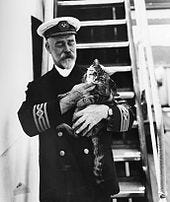
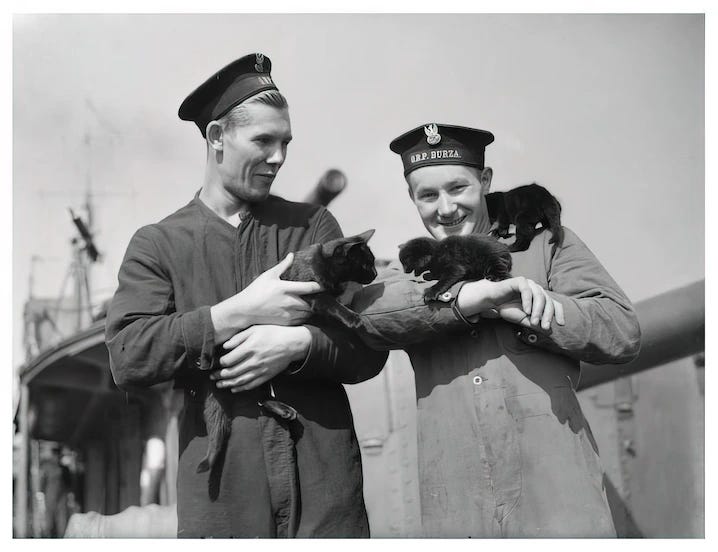
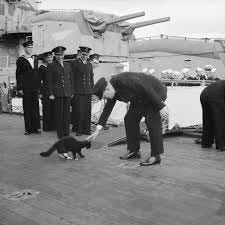
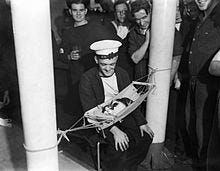
Often, wives of sailors would keep a black cat at home, thinking it could transfer some magic protection to her husband at sea. Of course, depending on the time period, this could have been a dangerous choice. When witch-hunting hysteria swept through New England in the 1690s, it was not uncommon for a woman to be tortured or even killed for owning or feeding a cat.
When I look for definitions of animal familiars, I find many. Some believe familiars (particularly black animals) are demons sent to carry out their witches’ orders. Others look back to Scandinavian legends where familiars were thought to be fairies or other mystical beings who sometimes took animal forms. At its most basic, it seems, a familiar is thought to be a magical companion who helps their human with their work.
The relationships we can have with animals is transformative, mystical. We can communicate without words, or with a shared understanding of our own amalgamation of human and animal language. We often reach out to pet a dog or cat more easily than we would extend our arms for a human hug. We can form companionships with birds and reptiles, with big animals and small. Animals can be trained to be therapy animals, helping humans navigate streets and stores, open doors, relax in difficult situations, or sniff out changes in their blood sugar levels. They provide companionship. Love.
Just now, I went into the other room where Cleo is napping on the bed where she, my husband, and I sleep every night. I flopped down beside her and she opened her eyes and pulled the corners of her lips up into a smile. When I lean in close to kiss her head and smell the grass and wind still clinging to her fur, my pulse slows. My shoulders relax. I take breaths that are deeper, easier. I get out of my head for a few moments. When I come back to my writing, I remember that magic isn’t only what I can create on the page with words, but it is also, simply, the world as it exists around me.
With love from my kitchen table,
Kaia

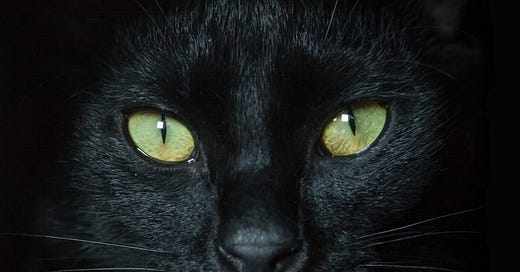



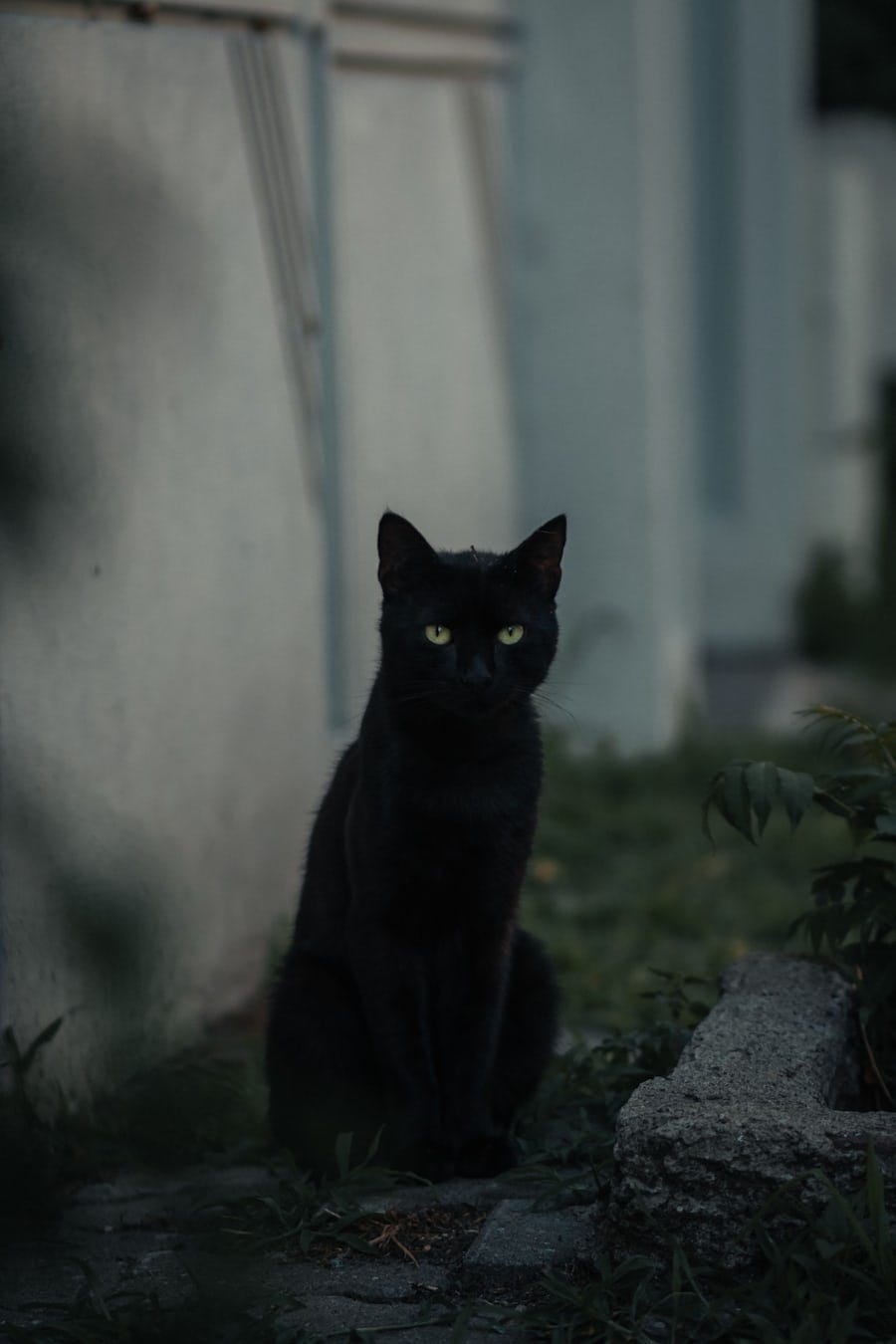
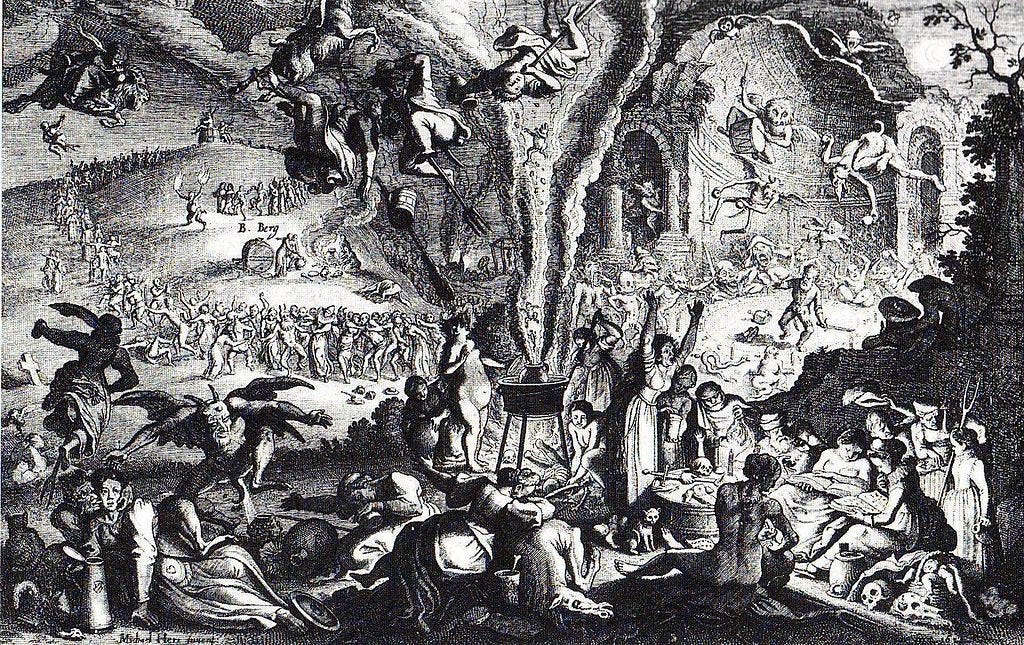
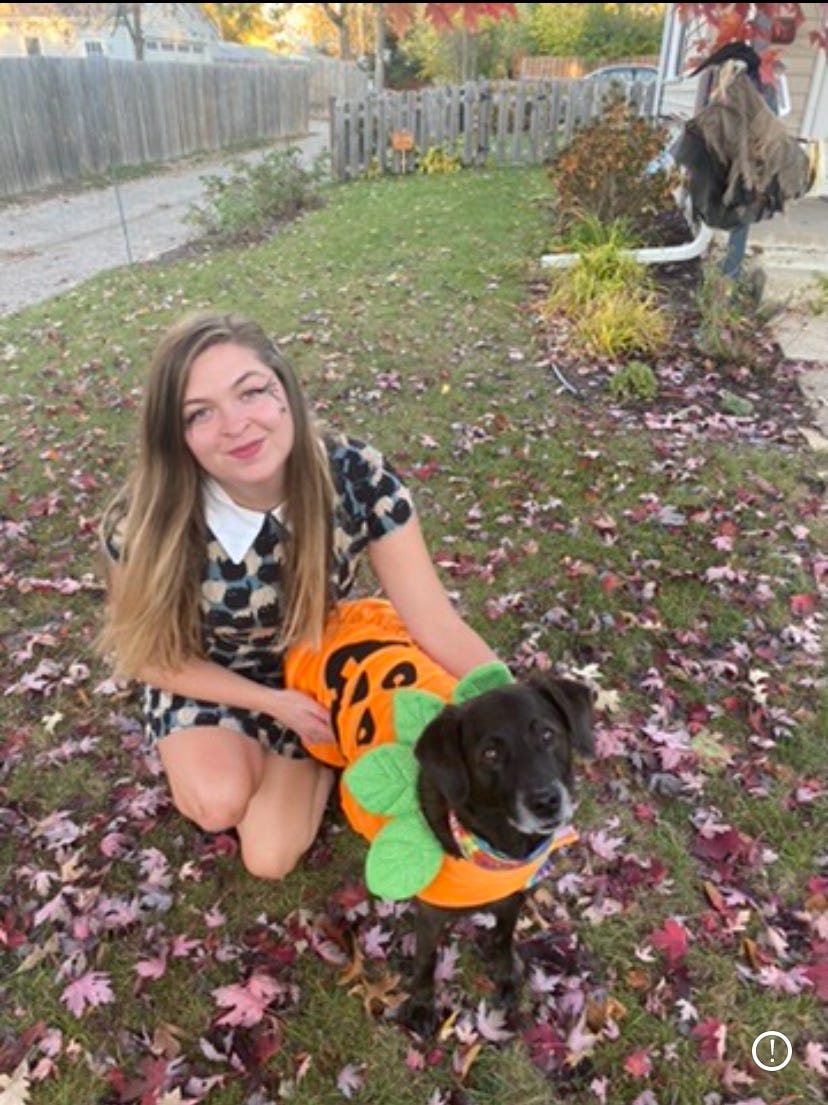
Such a lovely piece — I learnt many new things!